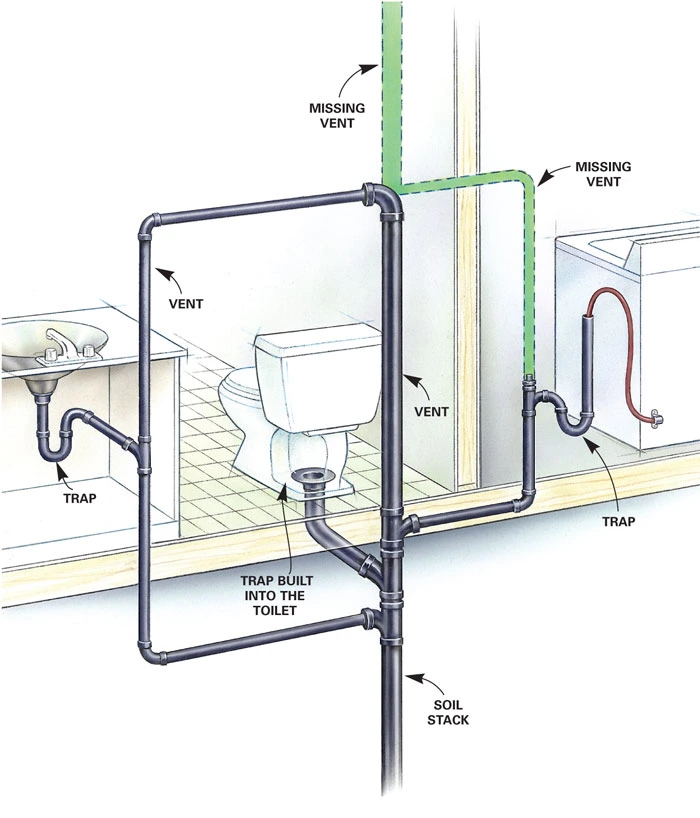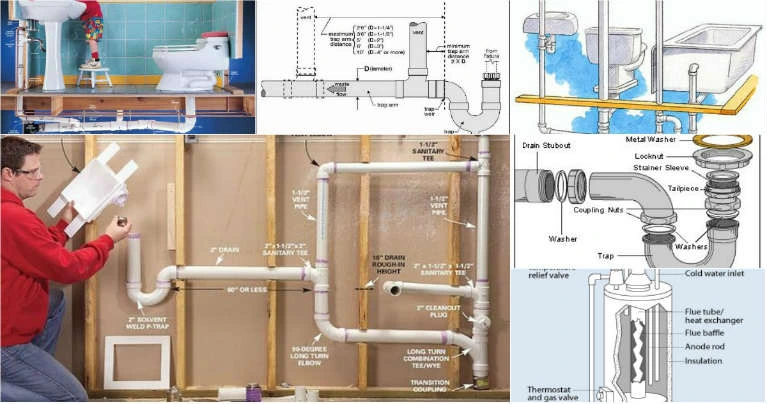Your house plumbing consists of two separate systems: supply and drainage. The supply system brings city water into your home through piping, while the drainage system removes wastewater.
Understanding the basic principles of plumbing can help you minimize damage caused by floods and clogs. It can also help you avoid hefty home plumbing bills.
Sewer
A sewer system is an integral part of the plumbing infrastructure that carries waste away from homes and businesses. It comprises pipes and other structures transporting sewage to public wastewater treatment plants or private septic systems.
Various materials, including iron, steel, cast iron, PVC plastic, vitrified clay, and ABS plastic, can be used to create the pipes in a sewer system. They are usually constructed with a bell and spigot joint in which the spigot end of one pipe fits into the bell end of the other.
Sanitary sewers are designed to carry wastewater and solid waste away. They can be accessed via maintenance holes and at clean-outs located on the property. A home with a sewer pipe can also have a combined sewer line that carries wastewater and storm runoff water to the public wastewater treatment plant. A homeowner’s monthly sewer bill is typically based on their water usage plus a flat monthly fee for drainage.
Plumbing companies like Drain Solvers offer preventive maintenance services to ensure the proper functioning of plumbing systems. This may involve routine inspections, cleaning, and necessary adjustments.

Water Supply
Your home receives fresh, clean water from the water supply system. It enters through a main pipe that runs parallel to your street and is usually regulated by a meter. It also contains a main shut-off valve, which should permanently be closed in an emergency to prevent a flood.
This water is taken from either surface sources such as rivers or lakes or groundwater pumped from wells. The water is then treated and stored in reservoirs. It is then distributed to homes and businesses through miles of pipes.
Your water supply system is made from various materials, including copper, PEX, and PVC. It is crucial to understand the advantages and disadvantages of each so that you can make the best choice for your situation. The system is susceptible to pressure, so any leaks should be fixed immediately. This will minimize damage and save on utility bills.
Drainage
The drainage system takes wastewater and sends it to the sewer or septic tank. It is essential because it keeps sewage and waste away from homes and buildings and prevents water damage by keeping dirt and gravel out of foundations.
Drain pipes are usually made from clay, concrete, or plastic. They may be placed in trenches or in a perforated pipe beneath the ground. They also feature traps and vent pipes to create a seal that keeps sewage gas from entering residences.
Blocked drains are common plumbing problems. Food scraps can cause them in the kitchen, while hair and soap scum are common culprits in bathrooms. The best way to avoid them is to use a filter at the kitchen sink and keep “flushable” wipes, hygiene products, and hair out of toilets.
Though many use plumbing and drainage interchangeably, they are two distinct systems. Understanding the difference between them is essential because it can help you determine who to call when you have a problem.




